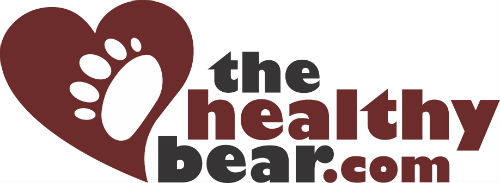Hey there Guys,
I have to say I was quite shocked at the information shared after my last post about a young bloke who I had cared for after his drink was spiked.
This article has prompted me to think about the current data that surrounds the phenomena.
I’ve discussed the issue with a number of emergency department doctors, a police officer and a few of my good mates. To be clear, drink spiking does exist however the actual extent is not nearly as high as the media, which does include myself, have reported. I guess having been so closely involved with this one case, the story of this man was very prominent in my mind when I was writing.
So what does the research say?
One Australian drink spiking study looked at 101 episodes of people presenting to the emergency department reporting that their drink may have been spiked. Out of the data collected only 9 subjects met the criteria of “plausible drink spiking” by meeting the following three criteria:
- the patient believed that they had had their drink spiked.
- the patient denied ingesting any agent detected by laboratory screening, and
- the patient signs and symptoms during the drink spiking incident were consistent with agents detected by laboratory screening
Writers of the study reported:
In our study of 97 alleged drink-spiked victims presenting to two metropolitan ED, we found only 9 cases of plausible drink spiking, 5 of which involved alcohol. There were no cases identified where sedative drugs were placed in drinks in pubs or nightclubs. In our study population, drink spiking did occur but was rare. If drink spiking does occur, ethanol is more likely to be used as the drink spiking agent. We identified five patients with high blood ethanol levels inconsistent with their ingestion history, suggesting the possibility that ethanol might be used as a drink spiking agent. Of greater concern was the amount of illicit drug use and alcohol consumed, with the high blood ethanol concentrations in our study population.
These findings have been duplicated in other studies showing: “Most patients allegedly having had a spiked drink test negative for drugs of misuse. The symptoms are more likely to be a result of excess alcohol.”
What is important is that no cases of spiking with drugs like Rohypnol were found and that one of the most likely spiking agents is alcohol. Two reasons for this may be that drugs like Rohypnol are increasingly hard to acquire and that their manufacture has a number of safe guards like color, a bitter taste and not being water soluble to reduce risk of opportunistic spiking.
One study looked at people’s ability to detect changes to drinks with nine different sedating medications. The findings showed: “All the nine drugs were, however, apparent to the consumer from the altered appearance and/or taste of the beverages.”
So what does all this mean? Thankfully spiking of drinks with drugs that knock people out is very rare. Most likely scenario is that excess alcohol is the culprit. This can easily happen with someone buying a friend “doubles to get their night going”.
Often ignored but important to note is that alcohol interacts with a multitude of different medications, majority of which are prescribed by doctors like myself.
Take a drug like Viagra.
Viagra while great for helping men with erections, it is also affective at lowering blood pressure. Alcohol can lead to slowing of the heart and a drop in blood pressure. This lower blood pressure can to feelings of dizziness and fainting. Additional drugs like amyl nitrate or marijuana can be enough to push someone over the edge to passing out, seizures and even coma.
While Viagra may be only used occasionally there are many commonly prescribed medicines that interact poorly with alcohol. As noted by Dr Enoch Gordis:
Individuals who drink alcoholic beverages should be aware that simultaneous use of alcohol and medications–both prescribed and over-the-counter–has the potential to cause problems. For example, even very small doses of alcohol probably should not be used with antihistamines and other medications with sedative effects.
For an extensive list of medications that interact badly with alcohol check out the following US government website: Harmful Interactions: Mixing Alcohol With Medications
If you are currently on treatment for HIV it is important to note that while there are no noted major interactions between alcohol and HIV medicines (see http://www.hiv-druginteractions.org ) alcohol can increase nausea, diarrhoea and vomiting. Being intoxicated can also lead to missing doses of medications which can be detrimental to treatment.
So what can we learn from this?
Firstly, drink spiking with sedating drugs is actually quite rare. By far the most common spiking agent is alcohol and can be done as simply as buying a friend double drinks rather then the singles they were expecting.
Alcohol does not mix well with other drugs in particular doctor prescribed medicines as well as substances commonly used such as amyl nitrate and marijuana. If you are prescribed medications by a doctor be sure to ask if there are interactions with alcohol.
If you are feeling unwell or “more drunk then you would expect” be sure to let a friend know and have them look after you. If you start to get more unwell they are going to be able to help.
As I noted in my post after Whitney Houston’s death, within some sectors of the gay community there is fair acceptance of substance use as “part of our culture”. Could this laissez-faire acceptance of drugs be one of the main causes for harm of our brothers and sisters?
It’s certainly something to think about.
Yours in good health.
Dr George

Leave a Reply